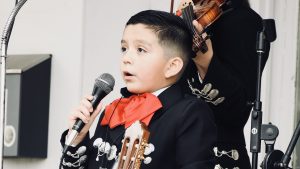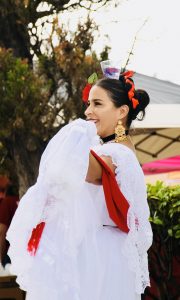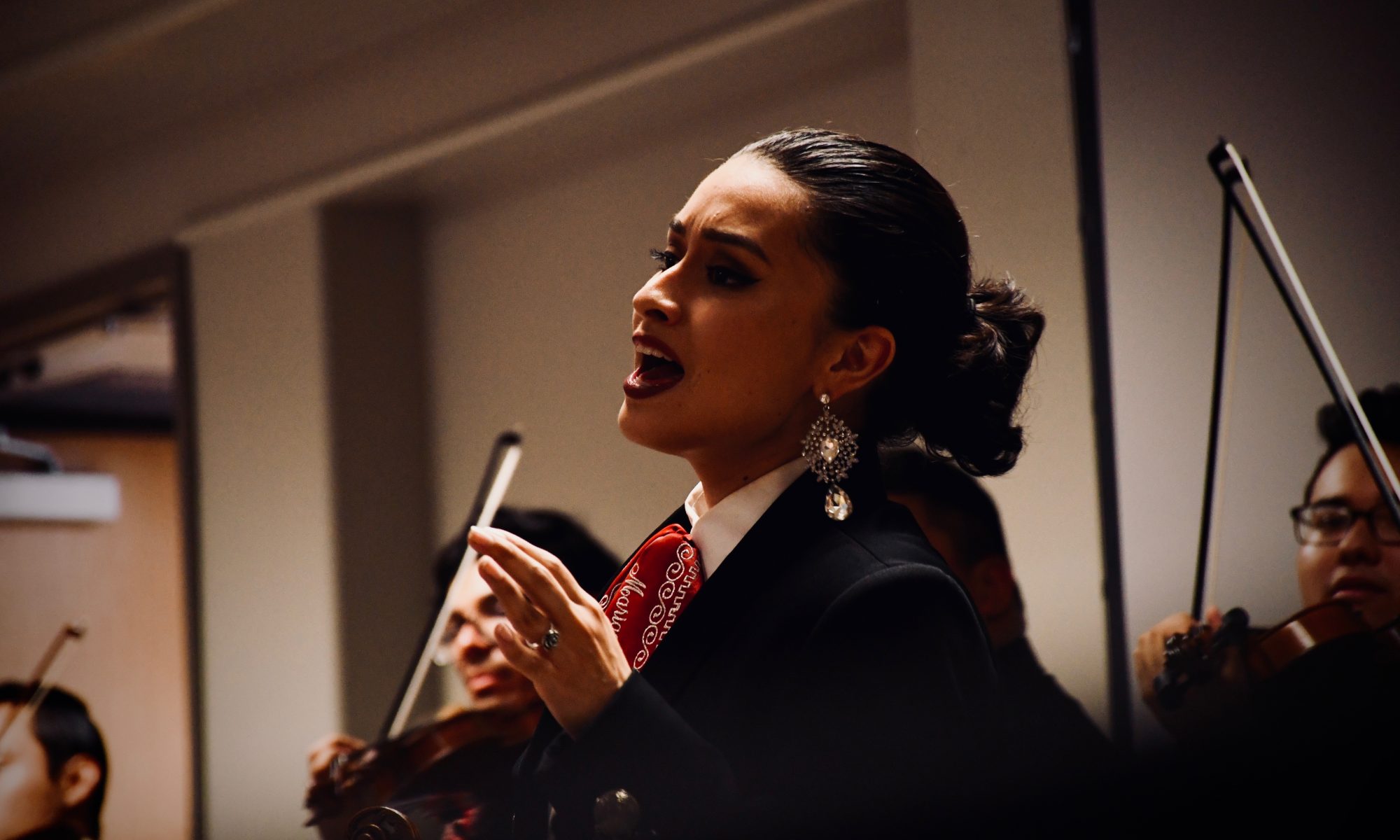A developing population can grow out of the past or it can grow with the past in mind and in sight.
Laugh, smile, and cry seem to just be those emotions present at events like these. The interesting thing is what brings you to attending events usually has something to do with someone inviting you or an event reminding you of it an hour before on some social media platform but when some kind of event just pops out at you from the side of the road then what choice do you have but to stop?

I stopped promptly, opened a window and a grito filled the air. Chances are that if you are from San Antonio or even from Texas then you know what a “grito” is but in case you aren’t a local of the region, a grito is a cathartic joyous yell according to an article by Brenda Salinas with NPR called “In Mariachi Music, A Distinctive Yell Speaks To The Soul“. It wasnt the first time I had heard a grito and it definetely wont be the last time that a grito filled the air.
That following weekend just happened to be the 16th of September and the recollection of the Grito de Dolores or the Cry of Dolores came to mind right away.
September 16, 1810 was the day that Roman Catholic priest Miguel Hidalgo rang the bell of his church and proceeded with the “pronunciamiento“. The interesting thing to me is that most of the people at the event that I attended had much less of an idea of what the grito was than I did. I assumed that the mostly Mexican or Mexican American people present would have some insight into this. When I asked around, most of the response was that there isn’t much learning about that subject as a younger child but it would probably have to be self taught to have learned about that past.
Brining up the date and the activities that support it brought me to another finding. The matter of fact is that it seems that people just like the idea of having another day to go out and enjoy a cerveza and have fun with friends and family.
Don’t get me wrong, there is plenty of great reason to celebrate the date as the Mariachi Connection Inc. did but just as I have mentioned before, the lack

of historical context to match the event is missing. Watching the dance of the brujas by the folklorico dancers with the candles on their heads was, and always will be a sight to see by many but knowing the history behind the dance and the folklore behind the song by the name of “witches” in English made it even better.
We continue to develop as a community and as individuals in our culture and as these groups develop, so does our history and culture. The development should not become a loss of information or appreciation for the days that are now filled with margaritas and nachos. A grito filled the air and the narrative of Mexican independence began.
This was the start of something new and the end of something old. This was Fr. Hidalgo making his mark known and making his country the land redeemed.
For more images of this event please click the link below!
Mariachi Connection Inc. 4th Annual Festival


Much of the time, it feels as though some parts of culture remain learned through implication. Unlike formal language, no one ever sits you down and says “this is a grito” or “this is brujeria”(though I think brujeria has reached meme status). The transfer of things informally is certainly a tradition, but I can see how a more direct information could be in order. I want to note that the photos on your posts are always phenomenal.
Thank you for the note on the photos Glory! I really appreciate it. I want to challenge myself to engage in topics that I can’t necessarily use photos that I’ve taken for so that it broadens my range of historical insight. In terms of the transfer of things informally, you are hitting the nail on the head there. I see and hear stories about most of the things that I blog about and people know them for what I think is the wrong reason. I hope that we are able (as future historians) to share the wealth of knowledge we’re gaining with our families and colleagues.
Its so interesting how a topic like this can speak to so many people on so many levels. It seems this could not be anymore evident then when asking what a grito or folklorico dancing means. In most cases you’re probably going to get a really heart felt response, where as other occasions you get that blank look. Both topics have such rich histories, yet are so close to being forgotten.
I agree with you there John. The idea of losing these great stories and folklore is a frightening one for sure and the world around us needs to be scared about this as well. It is our job as historians to continue to preserve and work past the things that could be causing a loss of information and folklore to be lost.
Again, the photos are amazing. I’m not a San Antonio native, but i’m fortunate to have had plenty of connections to educate me about some of the events in the city geared towards the Tejano population. It’s shocking to me how I can drive down the street in Alamo Heights in September and all I see is ‘Oktoberfest Celebration Upcoming, blah blah…’ and yet there is no mention of a much closer celebration, both in time and in importance to the community of San Antonio.
That is my point Gabriel! I was not raised going to many of these events but the few that I did attend left a lasting impact on me for sure. I am continuously finding different perspectives of these types of events but what is important here is that the events and culture are what make San Antonio the melting pot that it is. Show me another city that is this engaged with it’s community. I already know that saying that will act as a challenge for you specifically. Thanks for the comment Gabriel!
Geremy, thank you so much for capturing amazing photos of the event. As a photographer, you are certainly doing your part to preserve the histories of these special events. I think you bring up a great point about making sure that the historical significance is noted so that it is more than just a party. It makes me think of Cinco de Mayo, which is mistakenly celebrated as Mexico’s Independence Day. Rather than celebrating the true historical event of the Battle of Puebla, it is used as an excuse for Americans to drink tequila.
So I love tequila but you’re right, the ‘Cinco De Drinko’ was probably not what the ideas that the people of the Battle of Puebla would have had in mind in terms of recognition. I personally don’t celebrate holidays now unless I know the history behind them. The photographing of these events is important to me though. It is truly a great experience every time I get to shoot an event and the smiles, tears, laughter, and joy in these events. I am able to capture the light and the dark of a community and all for the sake of history and entertainment. I appreciate your comments!